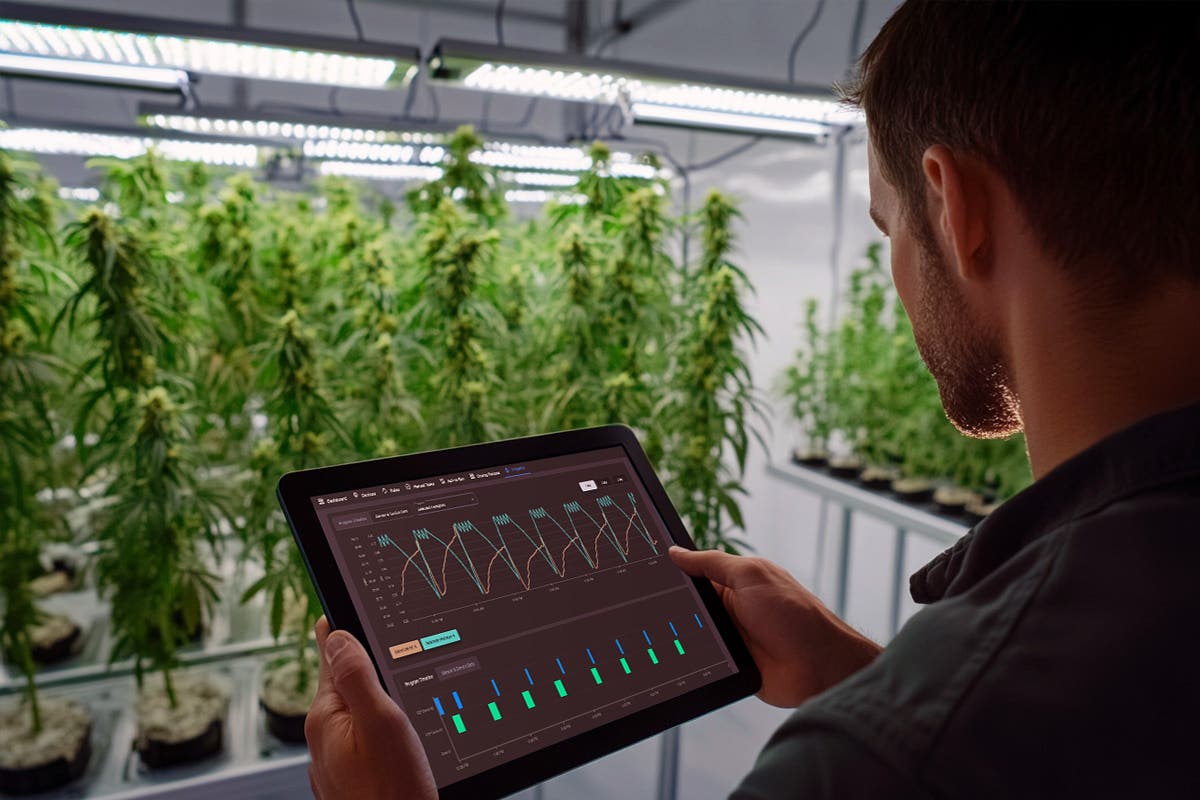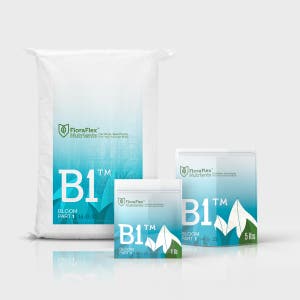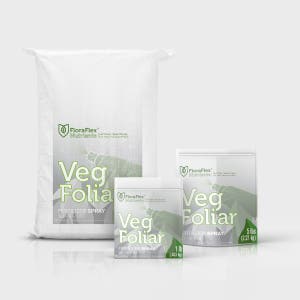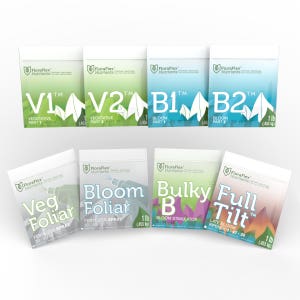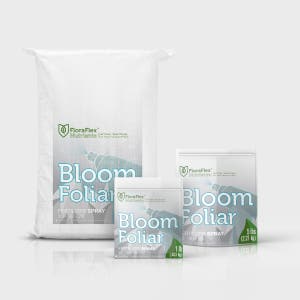Crop steering is an advanced cultivation technique that enables cannabis growers to manipulate plant growth by adjusting environmental factors, thereby enhancing yields and optimizing quality. By fine-tuning variables such as irrigation, nutrient delivery, light exposure, and climate conditions, cultivators can direct plants toward desired growth patterns, whether promoting robust vegetative development or encouraging prolific flowering. This comprehensive guide delves into the principles of crop steering, practical implementation strategies, and the pivotal role of precision irrigation tools like those offered by FloraFlex in achieving successful outcomes.
Understanding Crop Steering
At its core, crop steering involves the deliberate manipulation of a plant’s environment to influence its growth trajectory. In cannabis cultivation, this means creating conditions that either favor vegetative growth—focusing on the development of leaves, stems, and roots—or generative (reproductive) growth, which emphasizes flower and fruit production. By controlling specific environmental cues, growers can “steer” their crops to achieve desired structural and reproductive outcomes.
Key Factors in Crop Steering
1. Irrigation Management
- Water Content (WC): Maintaining optimal substrate moisture levels is crucial. Higher water content typically promotes vegetative growth, while controlled reductions can encourage generative responses. Implementing precise irrigation schedules helps in achieving the desired water content.
- Dry-Back Periods: The interval between irrigation events, known as the dry-back period, influences root development and plant stress responses. Shorter dry-back periods support vegetative growth, whereas longer periods can induce generative growth by simulating mild drought conditions.
2. Nutrient Management
- Electrical Conductivity (EC): Monitoring and adjusting the EC of the nutrient solution allows growers to control nutrient availability. Lower EC levels are associated with vegetative growth, while higher levels can steer plants toward flowering.
- Nutrient Composition: Balancing macronutrients is essential. Elevated nitrogen levels favor vegetative development, whereas increased phosphorus and potassium concentrations support flowering and fruiting stages.
3. Environmental Controls
- Light Intensity and Photoperiod: Adjusting light exposure influences photosynthesis and flowering cycles. Extended light periods with moderate intensity encourage vegetative growth, while specific light spectrums and durations can trigger flowering.
- Temperature and Humidity: Climate conditions play a significant role in plant metabolism. Warmer temperatures and higher humidity levels generally promote vegetative growth, while cooler, drier conditions can induce generative responses.
Implementing Crop Steering Techniques
1. Vegetative Steering
To promote vegetative growth:
- Irrigation: Maintain consistent substrate moisture with frequent, smaller irrigation events to keep water content high.
- Nutrients: Provide a nutrient solution with lower EC and higher nitrogen content to support leaf and stem development.
- Environment: Ensure longer light periods with moderate intensity, coupled with warmer temperatures and higher humidity levels.
2. Generative Steering
To encourage flowering:
- Irrigation: Implement longer dry-back periods between less frequent, larger irrigation events to reduce overall substrate moisture.
- Nutrients: Increase the EC of the nutrient solution, emphasizing phosphorus and potassium to support bud formation.
- Environment: Adjust to shorter light periods with appropriate spectrum changes, and maintain cooler temperatures with lower humidity to mimic natural flowering conditions.
The Role of Precision Irrigation in Crop Steering
Precision irrigation is a cornerstone of effective crop steering, as it allows for meticulous control over water and nutrient delivery. FloraFlex offers a range of tools designed to enhance this control:
- FloraFlex Micro Drippers: These systems provide targeted, low-volume irrigation, ideal for high-frequency watering strategies that maintain optimal substrate moisture levels. Their design ensures uniform distribution, reducing the risk of over or under-watering.
- FloraFlex Matrix System: This innovative system delivers even water distribution across the growing medium’s surface, promoting uniform root development and efficient nutrient uptake. It’s particularly beneficial in preventing dry spots and ensuring consistent moisture levels.
- FloraFlex Nutrient Solutions: Tailored to support various growth stages, these nutrients can be precisely administered through FloraFlex irrigation systems, ensuring plants receive the exact nutrient profile required for either vegetative or generative growth phases.
Practical Application of Crop Steering with FloraFlex
Integrating FloraFlex’s precision irrigation tools into a crop steering regimen involves:
- System Setup: Install the appropriate FloraFlex irrigation system—such as Micro Drippers or the Matrix System—ensuring it aligns with your cultivation layout and plant density.
- Monitoring and Adjustment: Utilize sensors to track substrate moisture, EC levels, and environmental conditions. Adjust irrigation frequency, nutrient concentration, and environmental settings based on real-time data to steer crops toward desired growth outcomes.
- Data-Driven Decisions: Keep detailed records of plant responses to various steering techniques. Analyze this data to refine strategies, enhancing both yield and quality over successive cultivation cycles.
Benefits of Crop Steering
Implementing crop steering techniques offers several advantages:
- Enhanced Yields: By directing plants toward optimal growth phases, cultivators can maximize flower production and overall biomass.
- Improved Quality: Fine-tuning environmental factors leads to the development of desirable traits such as increased cannabinoid and terpene profiles.
- Resource Efficiency: Precision in water and nutrient application reduces waste, promoting sustainable cultivation practices.
- Consistency: Controlled environmental manipulation results in uniform plant development, ensuring consistent product quality across harvests.
Crop steering stands as a transformative approach in cannabis cultivation, empowering growers to harness environmental controls to achieve specific growth objectives. By integrating precision irrigation solutions from FloraFlex, cultivators can execute crop steering strategies with heightened accuracy, leading to superior yields and product quality.




